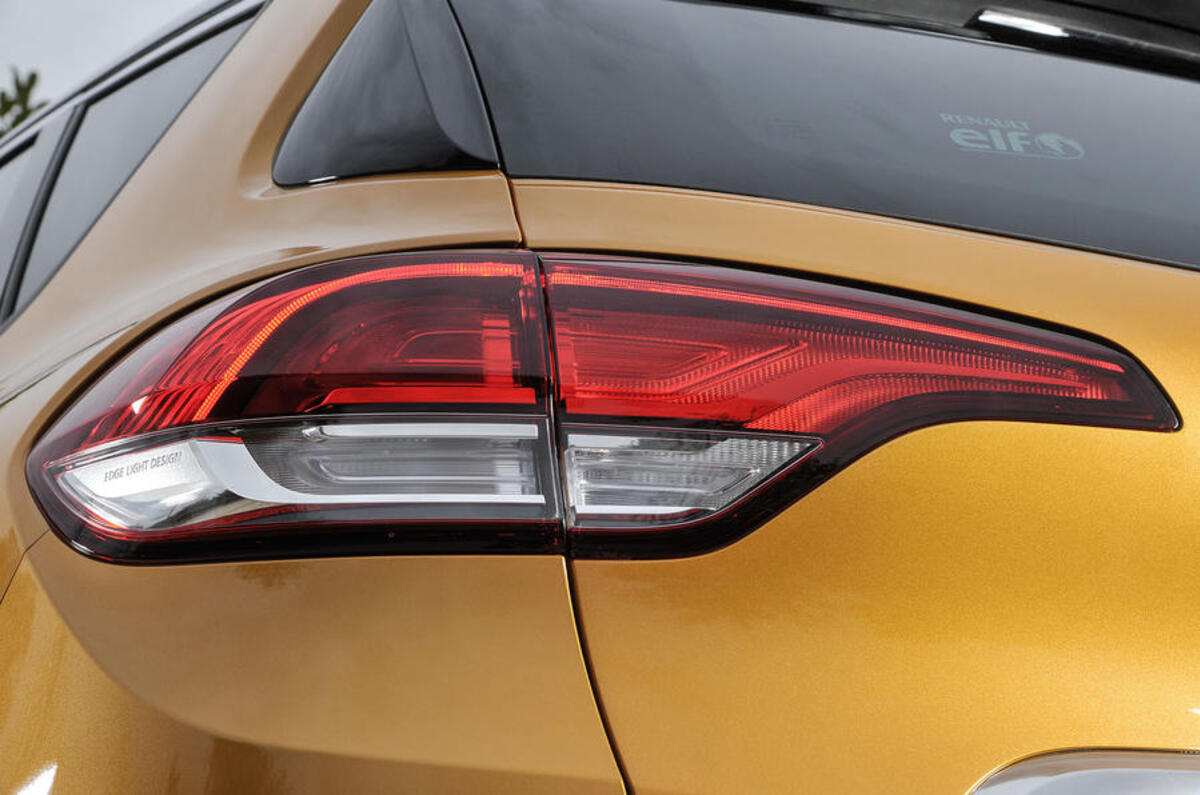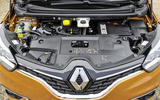A significant landmark was reached by Renault in 2016, as the Scenic marked its 20th anniversary since first gracing our roads. It's a car that defined the compact MPV sector, and now, more than two decades on, it's back to redefine the class once again.
Crossovers and 4x4 sales have dominated recently, while MPV sales have declined to relative stability. As a result, this new Scenic isn’t an attempt to revive a stable sector but rather an effort to grab a bigger market share. Renault’s aim for this striking fourth-generation MPV is simple: draw traditional MPV owners away from their faux off-roaders.
So how is Renault going to do this? Well, by borrowing design cues from the handsome 2011 R-Space concept, the new Scenic, with its high waistline, sloping roof and distinctive lighting signatures, is arguably one of the prettiest MPVs we’ve yet seen. Combined with 40mm more ground clearance, a 20mm-wider body and a 32mm-longer wheelbase, it also has more usable interior space than the car it replaces.
Even the standard 20in wheels have been designed with practicality in mind (yes, you read that correctly). Renault claims that despite the larger wheels, the standard-fit rubber, with specially designed high-profile sidewalls, results in a ride comparable to that of the competition. Cleverly, the low-rolling-resistance tyres also counteract any impact the larger-diameter wheels have on the CO2 figures.
































